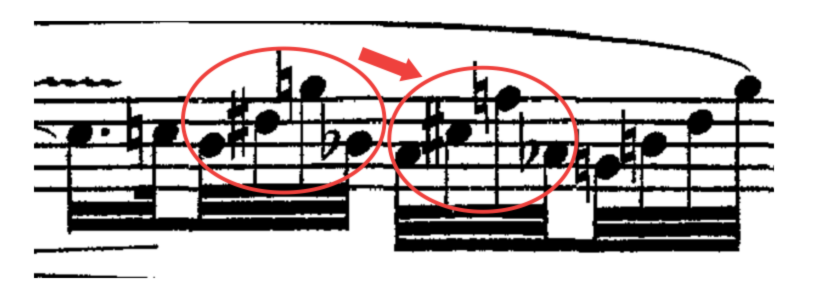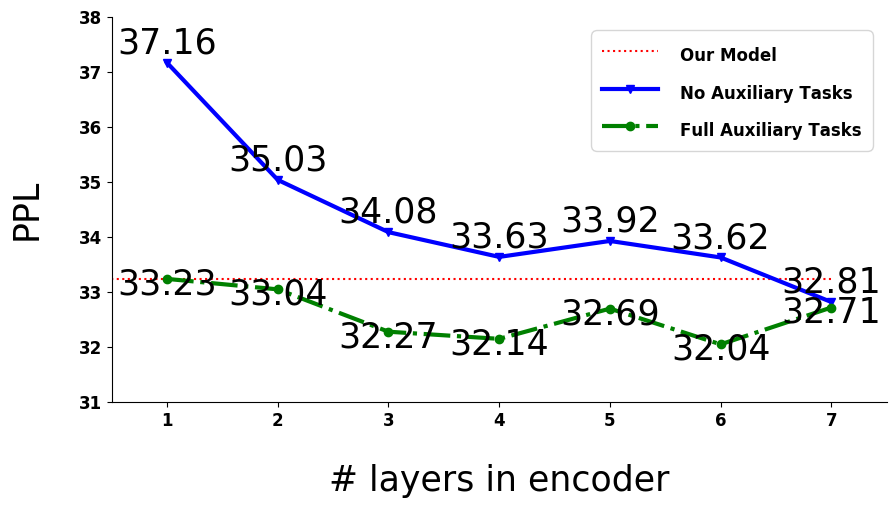The role of context in neural pitch accent detection in English
Elizabeth Nielsen, Mark Steedman, Sharon Goldwater
Speech and Multimodality Short Paper

You can open the pre-recorded video in a separate window.
Abstract:
Prosody is a rich information source in natural language, serving as a marker for phenomena such as contrast. In order to make this information available to downstream tasks, we need a way to detect prosodic events in speech. We propose a new model for pitch accent detection, inspired by the work of Stehwien et al. (2018), who presented a CNN-based model for this task. Our model makes greater use of context by using full utterances as input and adding an LSTM layer. We find that these innovations lead to an improvement from 87.5% to 88.7% accuracy on pitch accent detection on American English speech in the Boston University Radio News Corpus, a state-of-the-art result. We also find that a simple baseline that just predicts a pitch accent on every content word yields 82.2% accuracy, and we suggest that this is the appropriate baseline for this task. Finally, we conduct ablation tests that show pitch is the most important acoustic feature for this task and this corpus.
NOTE: Video may display a random order of authors.
Correct author list is at the top of this page.
Connected Papers in EMNLP2020
Similar Papers
Generationary or “How We Went beyond Word Sense Inventories and Learned to Gloss”
Michele Bevilacqua, Marco Maru, Roberto Navigli,

Learning Music Helps You Read: Using Transfer to Study Linguistic Structure in Language Models
Isabel Papadimitriou, Dan Jurafsky,

Learning a Simple and Effective Model for Multi-turn Response Generation with Auxiliary Tasks
Yufan Zhao, Can Xu, Wei Wu,

